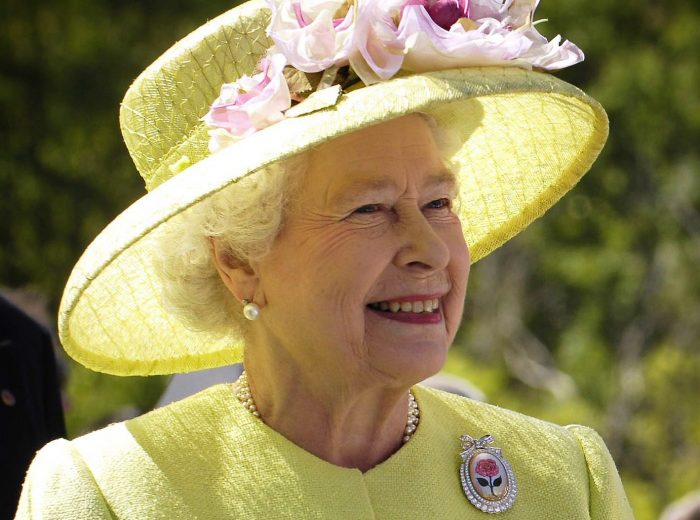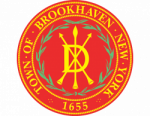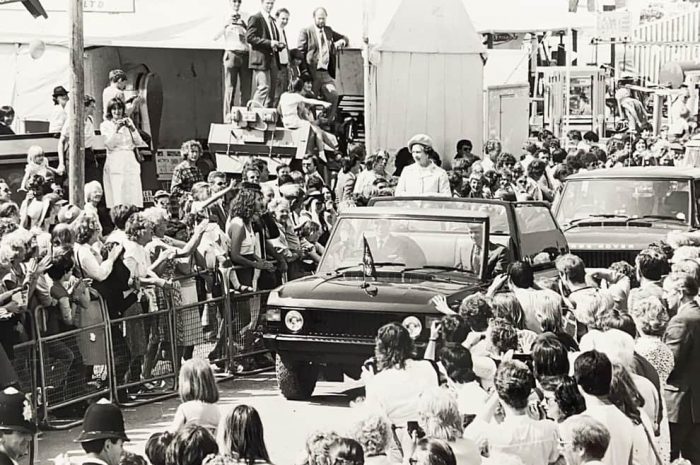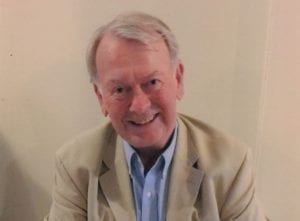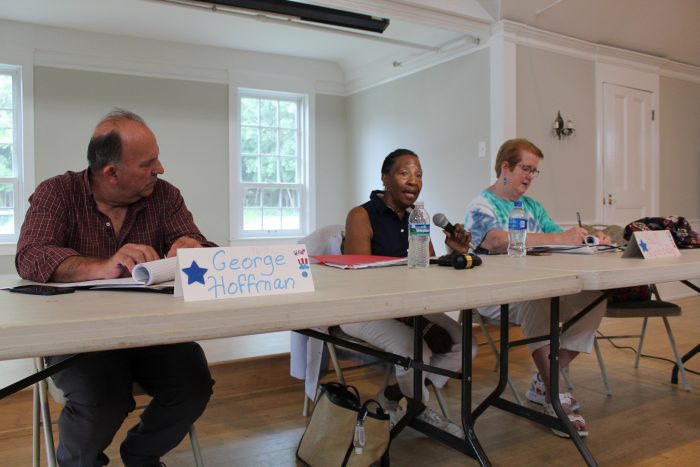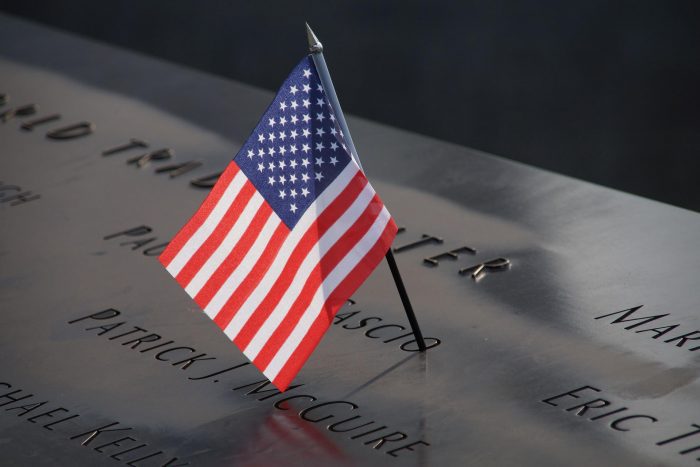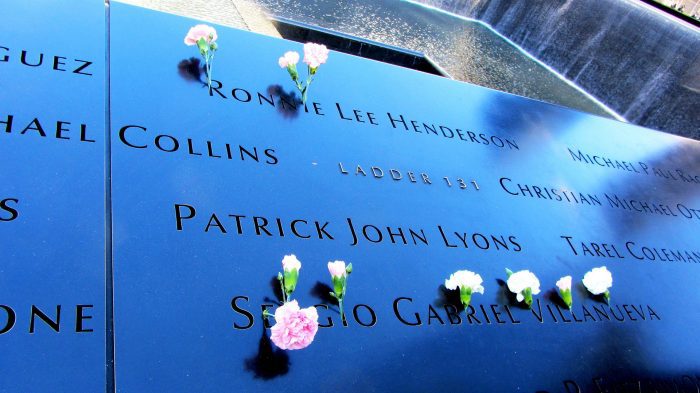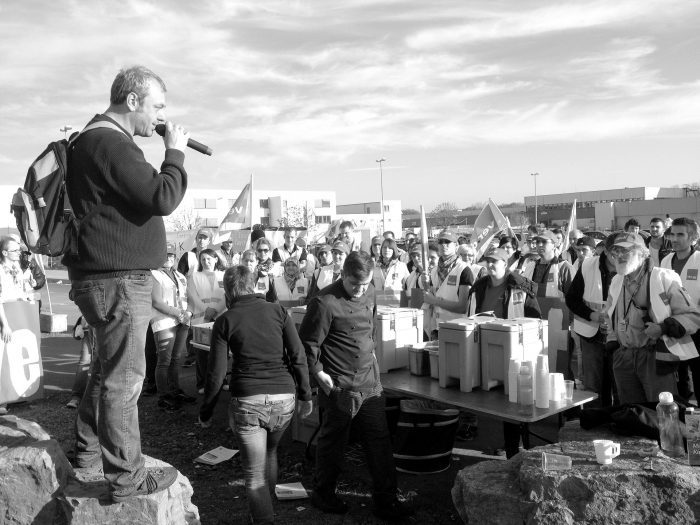By Daniel Dunaief

During the Platinum Jubilee for Queen Elizabeth II to celebrate the monarch’s 70 years on the throne, Clary Evans, a radiation oncologist who works at Northwell Health, her husband Tobias Janowitz, a scientist at Cold Spring Harbor Laboratory, and their families got together with another English family to mark the occasion.
They made a cake and had tea, “aware that this was probably the last time” they would celebrate Queen Elizabeth’s lengthy legacy, Evans recalled in an email.
Residents of Suffolk, England, Evans’s parents Philip and Gillian shared memories and thoughts on Queen Elizabeth II, who died last week at the age of 96.
Before Elizabeth’s coronation at the age of 27, Philip Evans, who was a teenager, traveled with his brother Anthony to Trafalgar Square, where they camped out near the fountain.
After a night filled with an early June rain in 1953, Evans and his brother awaited the moment to see the queen, whose coronation occurred 16 months after she became queen.

The next morning, as crowds continued to grow, the police pushed the newer arrivals in front of the group, which meant Phillip was in the third tier of onlookers.
Through the crowd, he caught a glimpse of the young queen, offering a stiff wave to her subjects.
“It was a marvelous thing to do,” Evans said by phone from his home. The travel and waiting in the rain meant it “wasn’t easy.”
Gillian Evans, meanwhile, traveled with her family to visit her aunt, who, at the time, was the only one in her family who owned a television.
“It was lovely to see what a beautiful spectacle it was,” Gillian Evans said.
The queen executed her duties admirably under an intense spotlight that never dimmed during her over 70 years of service, she added.
“What a remarkable lady she had been,” Gillian Evans added. “She said she would give herself to the nation for as long as she lived, and she did. Right up to the very, very last, which is wonderful.”
While Gillian Evans thought such conditions were akin to being in prison, with all the limitations and the constant responsibilities, she believed the queen “loved it. It showed in her face.” Being a part of a “love match” with her husband Prince Philip “must have helped enormously.”
The Evans matriarch, 83, who is a retired diagnostic radiographer, is amazed at the effect the queen’s death is having on residents.
Philip Evans, who said the queen did “jolly well,” recognized that the queen made mistakes, one of which arose during her muted reaction to the death of Princess Diana in a car crash in 1997.
“She had a really bad time when Princess Diana was killed,” said Philip Evans, who retired in 2000 as a general surgeon. “She was just pulled down by the power of the press. In legalese, ‘she was badly advised.’”
During a recent visit to the ophthalmologist, Evans chatted with three people about the queen and her son Charles, who has now become King Charles III.
People were saying “the queen had done a good job” and that they believed her son was “well suited” for his new role.
Philip Evans has noticed that the church bells ringing in the aftermath of her death don’t have their typical sound.
The sound alternates between loud and muted. The churches are using a so-called half-muffled peal, which creates a somber echo. The bells rang the same way last year after Prince Philip’s death.
“It’s very alarming and tells you that something is odd,” Evans said.
As the country prepares for the funeral of a queen born eight years after the Spanish Influenza pandemic of 1918 and who died two years after COVID-19, Clary Evans recognized that Queen Elizabeth II was a “link to those values of duty and service that were strong in those war and post-war years.”

